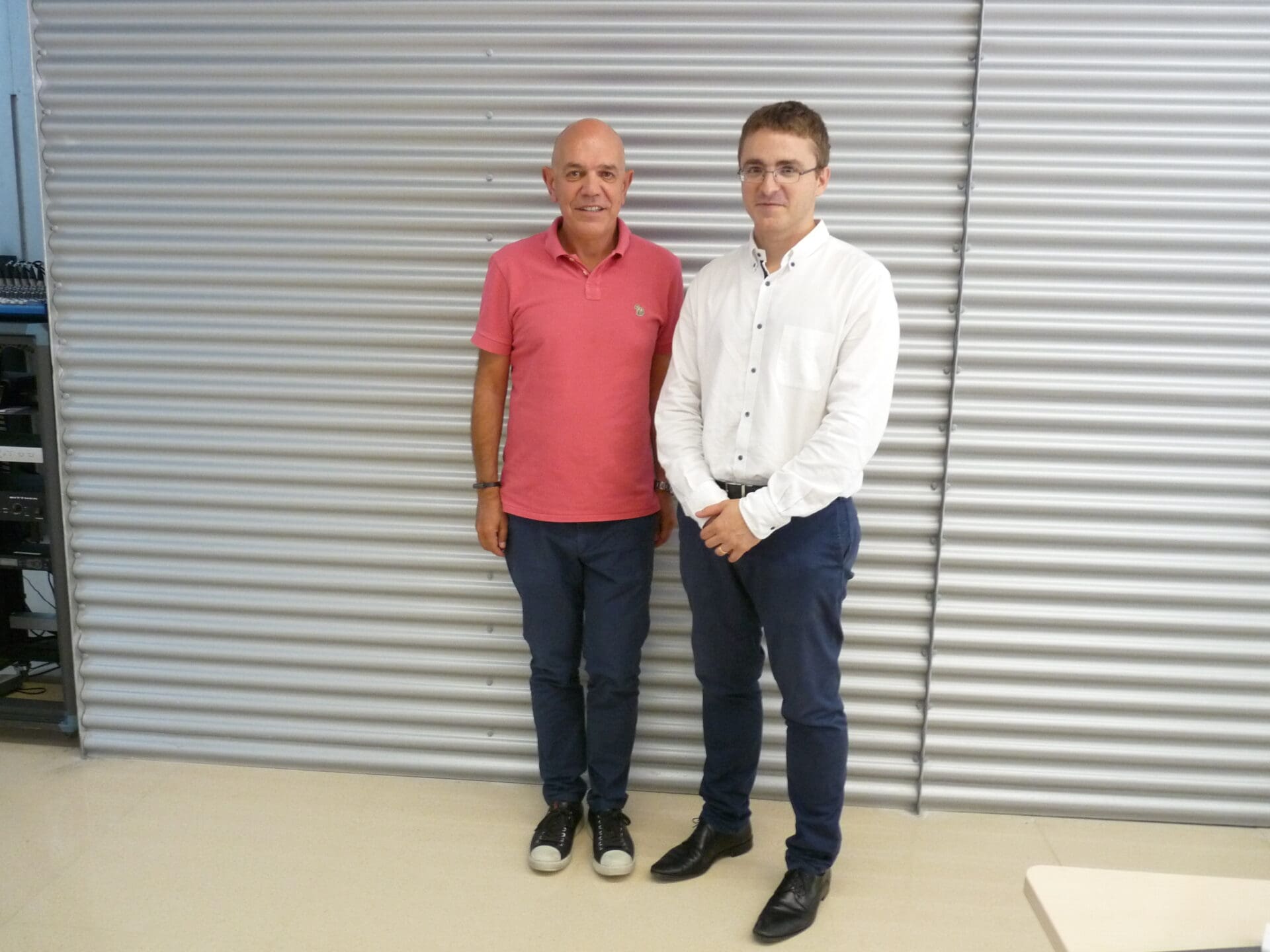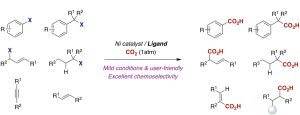
 08/09/2017
08/09/2017
 12:00 h
12:00 h
 ICIQ Auditorium
ICIQ Auditorium
- Lecturer: 2017 Marcial Moreno Lectureship - Prof. Rubén Martín
- University: Institut Català d'Investigació Química (ICIQ)
- Sponsored by:

Ni-Catalyzed Reductive Carboxylation Reactions
An increased utilization of feedstock materials in catalytic endeavours holds great promise to revolutionize approaches in organic synthesis for preparing added-value building blocks. In this regard, catalytic protocols for incorporating carbon dioxide (CO2) into organic matter has recently attracted considerable attention in carbon-carbon bond-forming reactions.1 Among the different alternatives, the ability to design catalytic CO2 fixation en route to carboxylic acids would be particularly appreciated, as these motifs are important structural elements in a myriad of pharmaceuticals and agrochemicals, among others.2,3 In recent years, our research group has reported some progress directed towards the catalytic reductive carboxylation of organic matter with CO2 (Scheme 1).4 These methods are characterized by their simplicity, wide substrate scope, including challenging substrate combinations with particularly sensitive functional groups and a diverse set of substitution patterns.
Other events

Let's create a brighter future
Join our team to work with renowned researchers, tackle groundbreaking
projects and contribute to meaningful scientific advancements




















